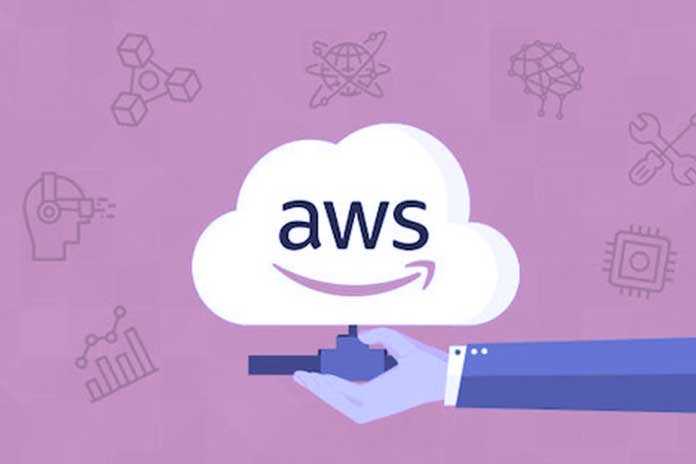Our experience with AWS now counts many case histories, which embrace many areas and solve problems. We have selected four to give an indicative overview of the global potential of the platform.
Table of Contents
The Case Of LeadsBridge
LeadsBridge is a lead generation platform capable of integrating CRMs with the most used online advertising platforms, e.g., Facebook, Google, or LinkedIn, in full compliance with privacy regulations. Our team met this company for the first time in 2019 as part of the AWSome Day, and we soon started collaborating.
LeadsBridge is based on an application infrastructure completely on AWS. We, therefore, conducted a preliminary survey to understand the state of the art of the platform in the cloud, followed by a series of proposals to improve some parts of the architecture. The company was very satisfied with this first phase and therefore asked us to proceed with implementing our proposals. Specifically, we dealt with the following:
- Improve and optimize the operational infrastructure
- Containerize applications that run scheduled tasks
- Introduces “as-code” infrastructure management
- Separate different workspaces into dedicated AWS accounts
- Introduces the “Autoscaling” service that allows you to pay only for the cloud resources you consume
In conclusion, through our activity, LeadsBridge improved the quality of its application infrastructure by optimizing costs, making it more manageable and scalable, and laying the foundations for future infrastructure upgrades through the many AWS services.
The Case Of Tannico
Tannico is the online wine shop with the world’s widest and most selected range of Italian wines. Active in 18 countries, it has a catalog of over 15,000 labels for sales of several million bottles a year. To manage such volumes at a logistical level, there was a need for an effective solution capable of simplifying the management of suppliers and orders and the warehouse. Our work with Tannico began with an analysis and study of the situation, carried out through a few calls between our multifunctional team and the people within the company most involved in logistics and procurement problems.
From these talks, the need to reduce the number of anomalies reported by the logistics and rationalize the information on the supplying wineries distributed across various platforms emerged. Therefore, we planned a series of interventions in interface design, user experience, backend, frontend, and cloud infrastructure development. The latter was designed to reside on AWS and adopt an incremental approach, allowing us to put the first features online right from the first iteration. As development progressed, we added new ones, progressively improving the performance of the entire e-commerce site and keeping Tannico independent for future improvements.
The Case Of Kaaja
Kaaja is an online real estate company that promises to make buying and selling homes easier and faster through a transparent process. We created the platform in partnership with FifthBeat, which designed the UX/UI instead. The goal of the first release was to allow users to buy a house via auction. We achieved it in just twelve weekly iterations, putting basic functionality online, such as registration and login, built with the AWS Cognito system. Thanks to Cognito, we could implement the registration and authentication flow in a tested and secure way. At the same time, the Kaaja team remained free to focus on the most valuable business logic.
We adopted the most modern front-end and back-end technologies to develop the platform. At the same time, for the management of the contents, we chose a headless CMS to speed up the insertion of the contents, integrated with a custom back office. The cloud infrastructure was designed by choosing the maximum elasticity and scalability that AWS services allow making it resilient and multilevel. To cope with the project’s complexity, three different AWS accounts and environments now guarantee isolation and, therefore, security across more than 20 other services.
Flowing, A Precious Ally For Managing Complexity
The ones we have just described are all projects we have worked on, such as Flowing, or are currently working on. In each of the four cases, AWS was used in a particular context to solve problems of a different type or to achieve specific objectives. One of the most valuable features of AWS is the potential for absolutely versatile use, capable of responding to various types of needs in sectors that are also very different from each other.
Flowing has effectively supported its implementation in cases where vertical cloud skills are required (e.g., in LeadsBridge, we only worked on that part) and when it is also necessary to deal with development or design (the other three cases). All this, thanks to our team, rich in heterogeneous and complementary skills. This variety of experiences and professional figures is an important key to our success. We can manage even the most complex projects through the diversity of points of view, ideas, and skills, making the most of the enormous amount of services of all types offered by AWS.


